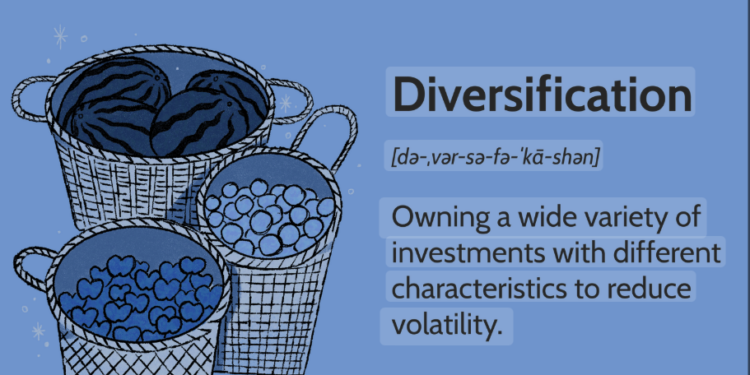In the ever-evolving world of investments, diversification remains a cornerstone principle for both novice and seasoned investors. The concept of diversification is rooted in the idea of not putting all your eggs in one basket. By spreading investments across various asset classes such as stocks, bonds, real estate, commodities and even alternative assets like cryptocurrency, investors can reduce the overall risk in their portfolios. This is because different asset classes often react differently to the same economic event. For instance, while equities may decline during a market downturn, bonds or gold might hold their value or even appreciate, thus cushioning the impact of losses in other areas.
Diversification is not just about owning a large number of assets but about selecting assets whose performances are not closely correlated. For example, investing in both technology stocks and utility stocks within the equities market can provide some risk reduction, as these sectors often respond differently to economic cycles. Similarly, adding international investments can protect against country-specific risks, offering exposure to growth in emerging markets while offsetting potential stagnation in domestic markets.
The importance of diversification has only grown in today’s complex financial landscape. With the rise of new investment vehicles such as index funds, exchange-traded funds (ETFs) and digital assets, investors now have more tools than ever to build a balanced portfolio. Index funds and ETFs in particular have democratized access to broad market exposure allowing investors to own a slice of hundreds of companies with a single transaction. This not only spreads risk but also lowers the cost and complexity of managing a diversified portfolio.
However, diversification does not eliminate risk entirely. Market-wide events such as global recessions or geopolitical crises can impact all asset classes to some degree. Moreover, over-diversification can dilute potential returns as gains in high-performing assets may be offset by underperforming elsewhere. Therefore, it is crucial for investors to regularly review and rebalance their portfolios to ensure that their asset allocation aligns with their risk tolerance, investment goals and changing market conditions.
In conclusion, diversification remains a vital strategy for managing risk and seeking stable returns in today’s dynamic investment environment. By thoughtfully allocating assets across a range of investment types and geographies, investors can better navigate market volatility and work toward their long-term financial objectives. The key lies in striking the right balance, diversifying enough to protect against major losses but not so much that the potential for meaningful growth is lost

















